
Professor Vu Minh Khuong from the Lee Kuan Yew School of Public Policy noted that 5G is a core infrastructure for ASEAN to promote digital transformation, but currently, the level of deployment still varies greatly among countries. Without timely coordinated action, the digital divide will widen further, weakening regional competitiveness.
Many countries, such as Vietnam, are pursuing a "smart follower" strategy, selectively deploying 5G in industrial parks, seaports, and high-tech zones to optimize costs and efficiency.
According to Professor Vu Minh Khuong, 5G is not just an advancement from 4G, but a platform that creates new value for businesses in fields such as smart factories, logistics, and telemedicine . However, to maximize its effectiveness, it requires the simultaneous development of digital infrastructure such as cloud computing, digital skills, information technology systems, and a flexible legal framework.
The report recommends five key policy pillars: integrating 5G into national strategies, supporting innovation, reforming spectrum allocation, developing a digital workforce, and strengthening regional cooperation.
In the context of global technological competition, ASEAN's neutral role is an advantage in attracting investment in sectors such as AI, semiconductors, and digital infrastructure. Vietnam, Singapore, Malaysia, and Thailand are gradually becoming AI and high-tech hubs in the region.
Professor Vu Minh Khuong noted that ASEAN should prepare early for 6G with three lessons from 5G: focusing on creating value, ensuring AI devices are ready, and maintaining the coordinating role of the State.
However, Jeanette Whyte, Head of Public Policy and External Affairs for the Asia- Pacific region, emphasized that as AI is deeply integrated into telecommunications networks, deployment must ensure ethics, transparency, and alignment with social values to build trust.
Source: https://www.sggp.org.vn/thuc-day-chuyen-doi-so-asean-bang-5g-va-ai-can-chien-luoc-thong-minh-va-dong-bo-post804899.html









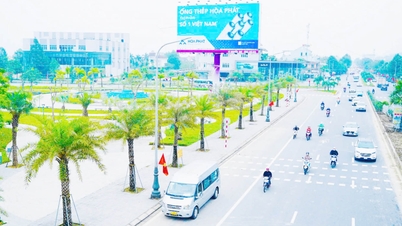

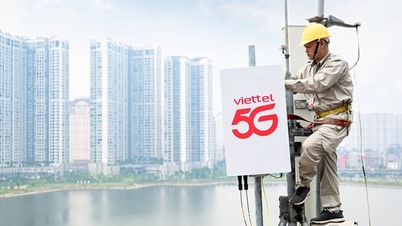

























![[Photo] Prime Minister Pham Minh Chinh holds a phone call with the CEO of Russia's Rosatom Corporation.](/_next/image?url=https%3A%2F%2Fvphoto.vietnam.vn%2Fthumb%2F1200x675%2Fvietnam%2Fresource%2FIMAGE%2F2025%2F12%2F11%2F1765464552365_dsc-5295-jpg.webp&w=3840&q=75)
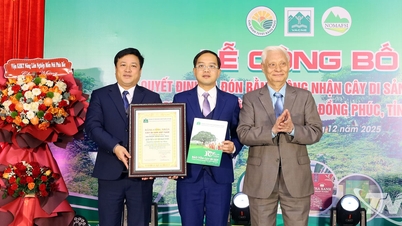
























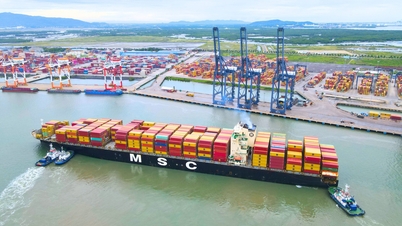
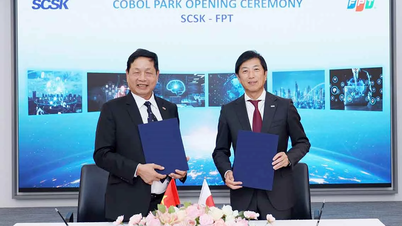

















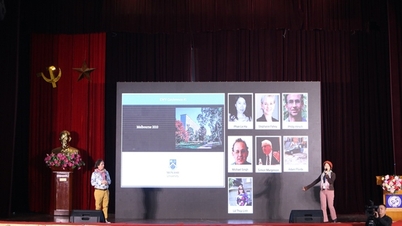


























Comment (0)